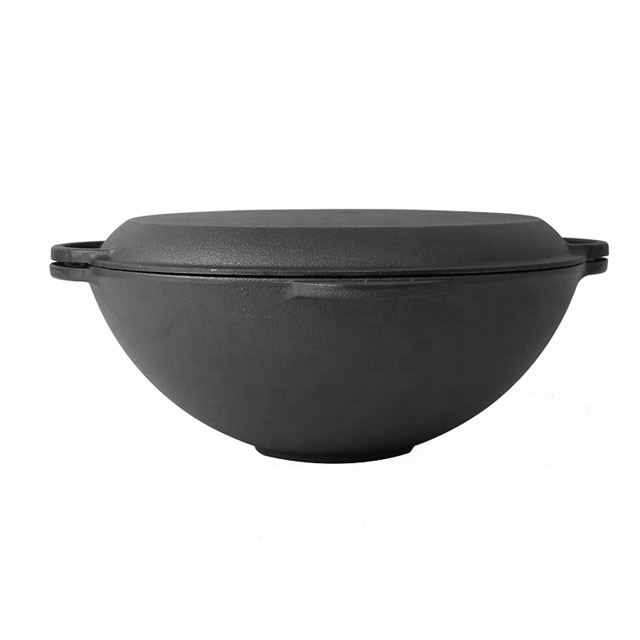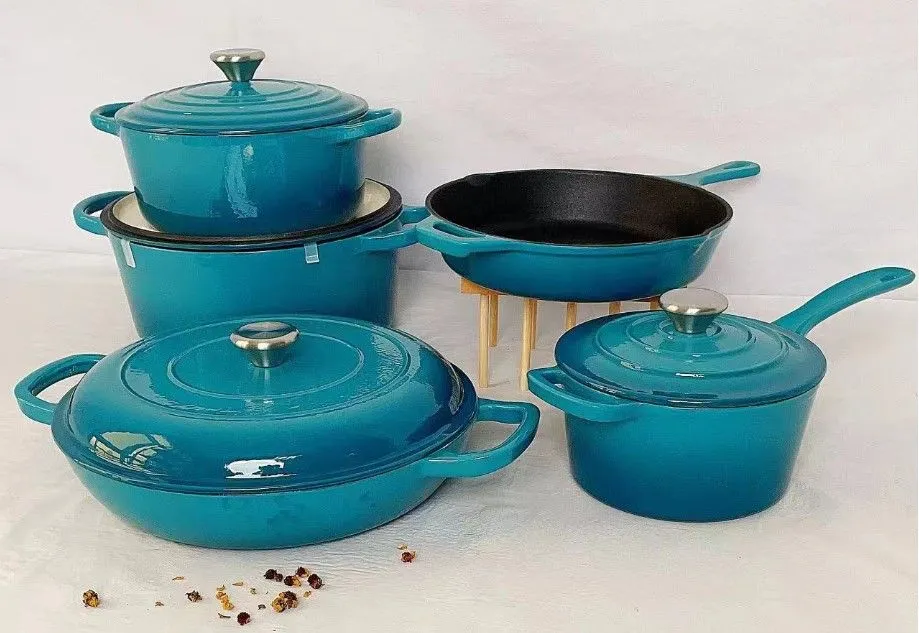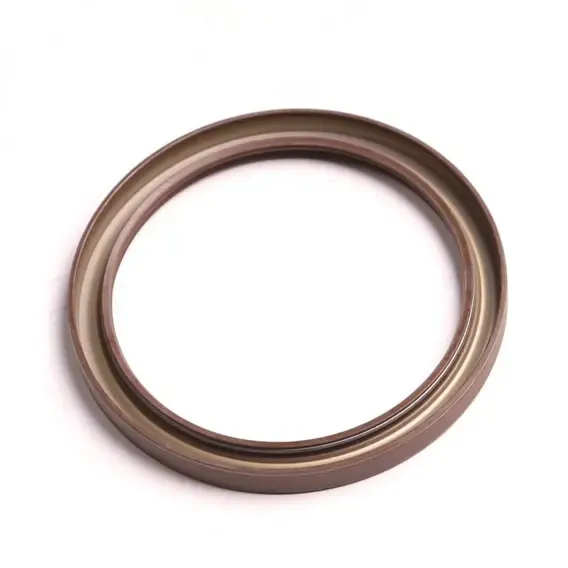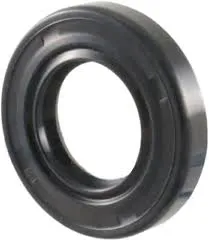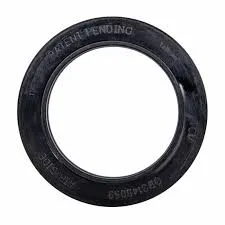...
2025-08-15 19:19
2138
...
2025-08-15 19:12
1181
...
2025-08-15 19:09
1997
...
2025-08-15 18:13
1020
...
2025-08-15 18:03
472
...
2025-08-15 17:42
74
...
2025-08-15 17:39
2525
...
2025-08-15 17:34
1820
...
2025-08-15 17:30
1126
...
2025-08-15 16:47
786
